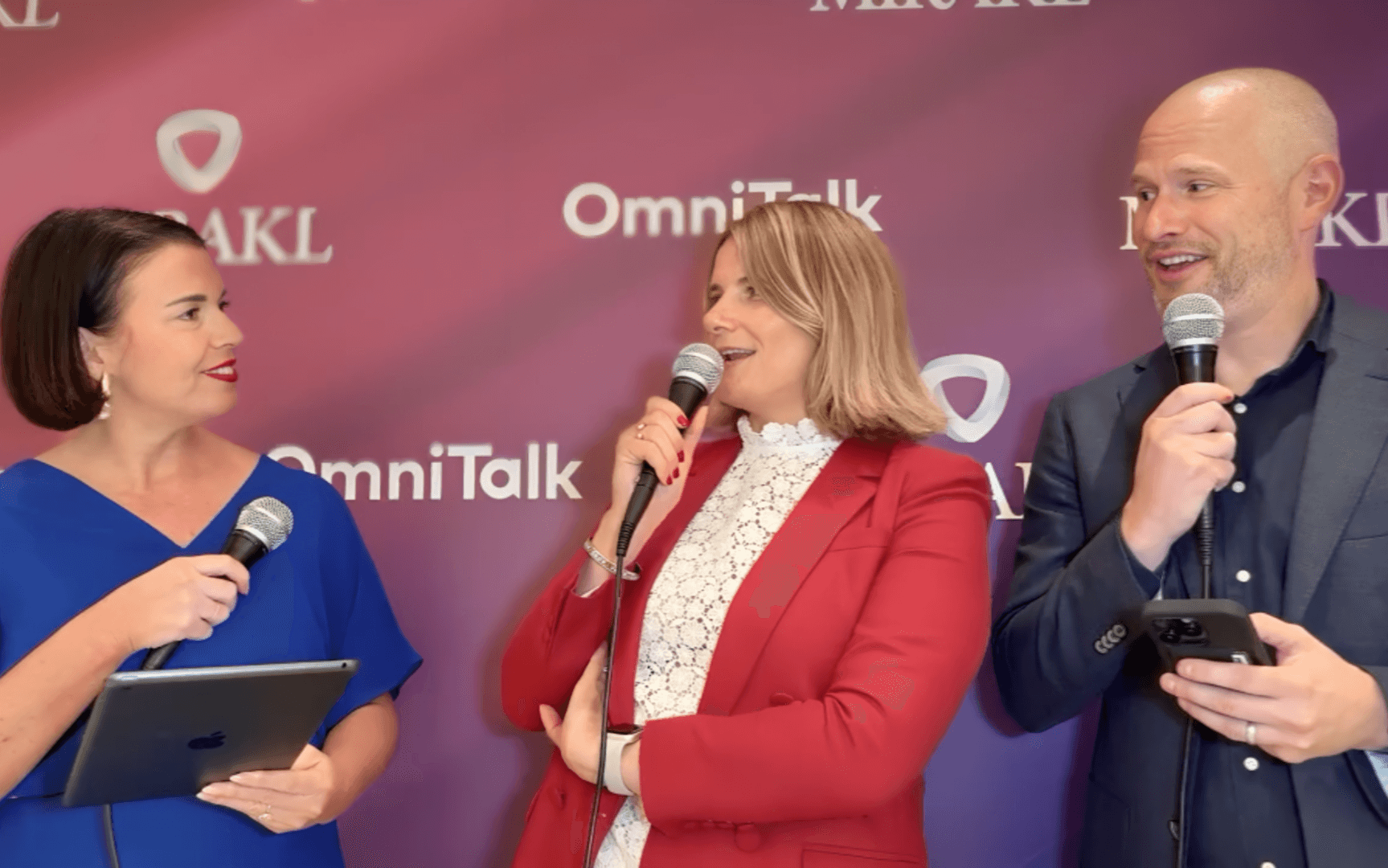AI innovation at Mirakl: Reimagining customer experience by breaking down silos

Eighteen months ago, we asked a hard question: What if the way our customers find answers across documentation, training and support isn’t just outdated, but fundamentally broken?
At Mirakl, innovation isn’t about shiny AI tools; it’s about delivering the best, fastest answer wherever a question starts. That belief led us to redesign the foundations of how we serve our customers.
We realized customers don’t care which team — support, product documentation or training — answered their questions. They care about accurate, timely guidance. That’s why we unified three teams into one, treated knowledge as a product and embedded an AI digital agent to meet them where they are.
Breaking down barriers: redesigning teams, tools and processes
To truly serve our customers, we rethought our operating model. That meant:
We merged three teams into one team: customer support, product content and client training now operate as a unified group. This broke down silos, eliminated duplicate work and created a seamless experience for users.
We made knowledge a product: with clear ownership and metrics, backed by modern tools to enable real-time collaborative updates. We didn’t simply automate old ways of working. We reimagined workflows.
We embedded AI at the core: we created Mirakl One Help — our AI-powered digital agent — users now get instant, accurate answers in plain language, in over 100 languages, wherever they are.
Innovation creates friction
This was not a smooth or easy journey.
Redesigning how teams collaborate and measure success meant challenging long-standing habits. There was friction, resistance and uncertainty. Some processes broke. Roles evolved. But that friction was a sign of progress, not failure.
We saw new forms of ownership emerge. Roles became clearer, sharper and no longer boxed in by job descriptions. And unexpectedly, new functions took shape — ones we hadn’t anticipated but now rely on daily:
Someone stepped in to lead the optimization of the digital agent experience.
Another member began architecting the flow and structure of knowledge itself.
Others pushed training beyond delivery into full-fledged content strategy.
These weren’t titles handed out. These roles weren’t assigned. They were claimed by people who chose to lead.
That’s what real transformation creates: space for new energy to rise.
The power of transformation: results speak for themselves
For customers
96.2% Customer Satisfaction Score (CSAT) maintained since One Help launch
Faster, more precise answers: no more hunting through documentation or waiting for support tickets
A truly unified service experience, available 24/7
Proactive issue resolution powered by better knowledge access
For internal teams
+36% efficiency gain on tier-1 requests
Reduced friction and better focus with redesigned workflows
New skill development, more career paths enabled by transformation
For Mirakl
84% positive evaluation rate across digital support touchpoints
Lower cost-to-serve through automation and self-service
Continuous improvement, with feedback loops built in, supporting growth without compromising quality
Shaping the future of Customer Service
Doing things faster isn’t enough. We need to do them differently because the best customer experience isn’t just about efficiency; it’s about anticipating and designing for real, future needs.
Most service models weren’t built for the way users will think, search and act tomorrow. Adding AI on top won’t fix a system fundamentally misaligned with how knowledge is surfaced, how actions are expected and how value should flow.
So we chose another path: break the model, start from user intent and build for a world where answers are instant, actions are automated, and people focus where they drive the most impact.
That’s how we’re reinventing how we care and serve at Mirakl.



